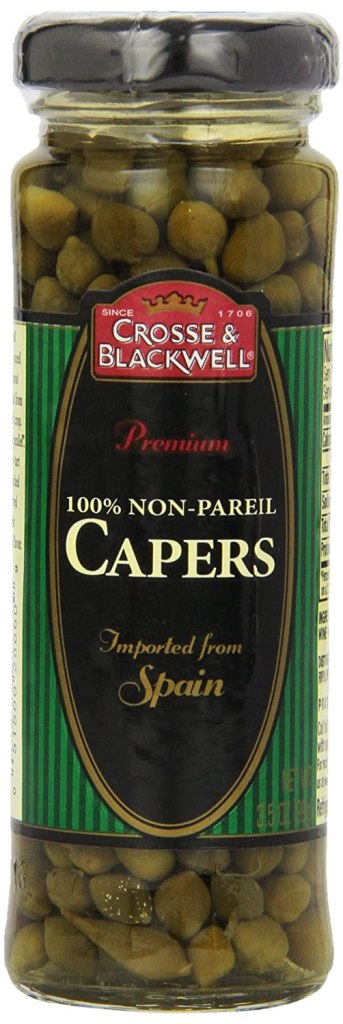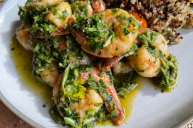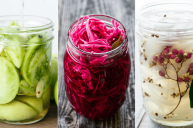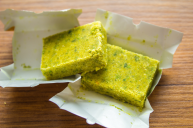If you cook a lot of meals with a Middle East origin, Mediterranean dishes or Italian cooking in particular, then you may be used to capers as an ingredient. If you don't, you may be asking yourself, "What are capers?" You would be surprised to learn that you are not alone; even many professionals don't know exactly what capers are! What most people who have tasted capers know is that they bring life to a dish, adding brine and brightness.
Videos by Wide Open Country
When combined with lemon zest, garlic oil, and chilies, it creates something kind of magical. Blend them up in some lemon caper aioli and you'll be a lemony happy camper. But what are capers, where do they come from, and why should you use them in easy recipes? We take a deep dive into the world of capers and how to use them to answer all of your questions.
What are Capers?
Capers are the buds from the perennial plant capparis spinosa. Every year, flower buds grow on the caper bush. If the unopened buds are picked before the flowers bloom, they become what we know of as capers or caper buds.
Sometimes you may see larger capers: these are caper berries. The bigger ones are created when the buds fully flower and turn into fruit. They're much larger, milder tasting, and are olive-shaped.
Where do they come from?
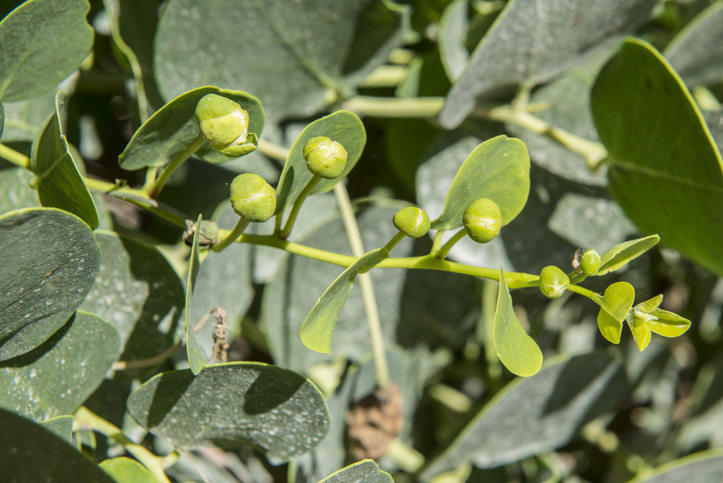
Getty Images
The plants grow throughout the Mediterranean, Central Asia, and Australia. The best capers come from Pantelleria, an island located between the coast of Sicily and Tunisia in the Mediterranean region near Africa. Capers are seen in cuisine from Italy, France, Greece, Turkey, Spain, Tunisia, Algeria, Libya, Mali, Egypt, and many more countries.
The plant can be found growing in the wild, but it can also be farmed. Caper plants can be grown at home, although germinating the plant from seed is very difficult and it is easier to grow the bush from fresh cuttings. In order to thrive, your plant would need a lot of sunshine in an environment free from humidity.
Why are they so salty?
If you've ever tried an olive plucked fresh off of the tree, then you know that pre-cured olives taste pretty horrible with a salty flavor that brings a bite. They have a tough texture and a very bitter taste. Capers are similar in this way to olives: they need to be cured before they can be enjoyed.
They can be dry brined with salt alone, or the salt can be mixed with water or vinegar to create a liquid brine for the pickled flower buds. They are typically more expensive when they are dry brined because it requires more work to ensure that the salt is evenly distributed. The ones that are brined in vinegar have a slightly pickled, tart flavor as compared to the ones brined in saltwater. In the U.S., we most often find pickled capers sold in grocery stores.
Who would like capers?
Capers are intensely salty, although they can be rinsed under running water to remove the excess brine. Anyone who likes salty, briny flavors such as green olives or anchovies would probably enjoy the taste of capers. In addition to salinity, capers have a tart, lemon characteristic that adds an intense burst of flavor to any dish as a garnish or as a flavoring. The size of
They add a nice brightness and balance to heavy savory dishes, such as pasta puttanesca (with heavy tomato sauce), chicken piccata (with its rich, buttery sauce), and even balance out heavier salad dressings. Nonpareilles (Nonpareil) Capers are the smallest and pack the biggest punch.
What can I substitute for capers?
Thes best substitute for capers is hands-down green olives! As long as they are unfilled, they mimic the briney taste of capers beautifully. Use 1 tablespoon of chopped olives for 1 tablespoon capers.
How Should I use Capers?
1. Salsa Verde
My favorite way to use capers is to make an Italian-style Salsa Verde sauce by combining parsley, capers, shallots, and garlic with olive oil and vinegar.
It makes a great topping to fish dishes or breakfast hash. Consider it a lighter, fresher version of a tartar sauce.
2. Lox Bagel
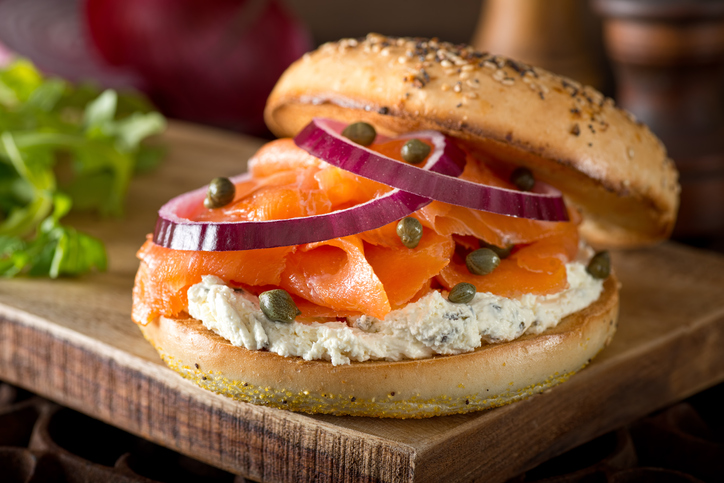
Getty Images
They are also iconic on New York-style bagels, with lox, red onions, and cream cheese.
3. Fried Capers
Fried capers make a great addition to everything from salads to toasts to veal piccata. Cook them in hot canola oil until they are crispy and golden brown, about 30 seconds.
4. Caper Vinaigrette
Combine the capers with lemon juice, lemon zest, garlic oil, and chilies to make a caper vinaigrette.
This is a perfect dressing for a Nicoise-style salad, or use it to dress roasted cauliflower. It would also be delicious as a mayo-less dressing for a potato salad.
5. Pasta Puttanesca
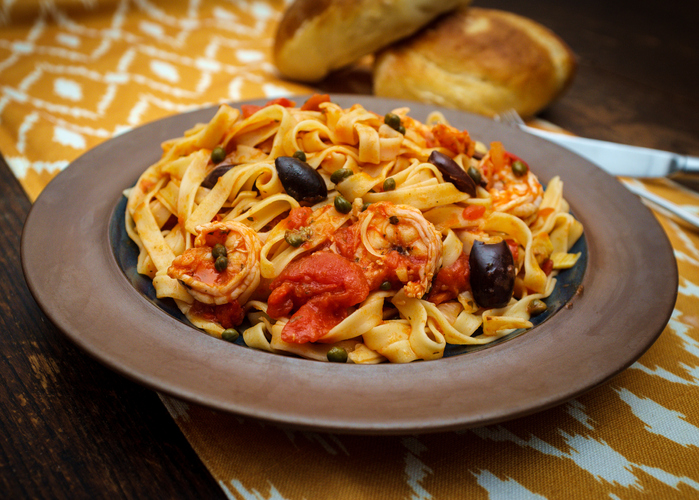
Getty Images
Capers truly shine pasta sauces, most of which were made to incorporate the brininess of capers beautifully. Combine olives and capers with a spicy tomato sauce and enjoy it with shrimp over pasta.
6. Steak Tartare
If you're in the mood for some steak tartare, throw in some capers! They do an excellent job of cutting through those rich flavors and adding a burst of briny flavor.
7. Deviled Eggs
Dress up your deviled eggs by topping them with capers, they'll add a delicious zing.
READ MORE: The 7 Health Benefits You Didn't Know Olive Juice Could Offer
Editor's Note: Products featured on Wide Open Eats are independently selected by our editors. However, when you buy something through our links, we may earn a commission.
This post was originally published on December 8, 2020.

